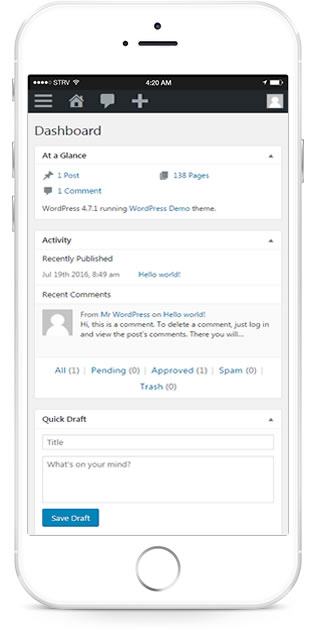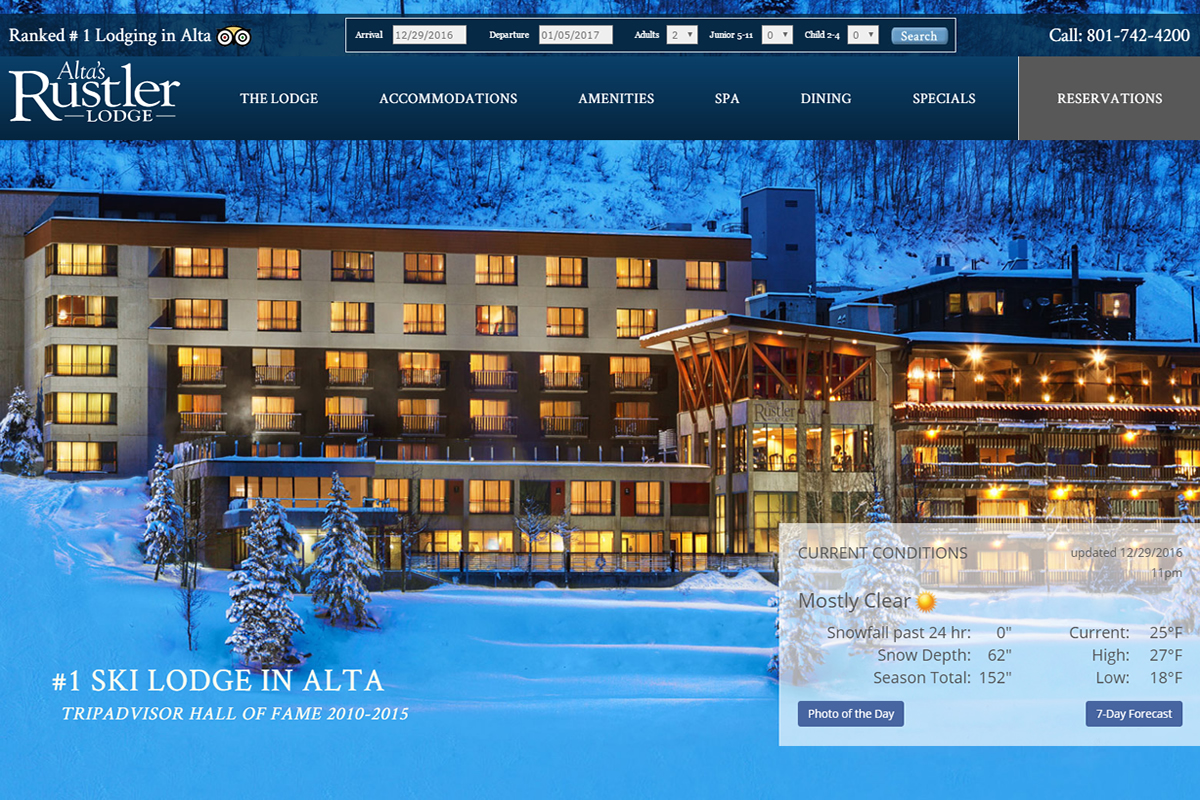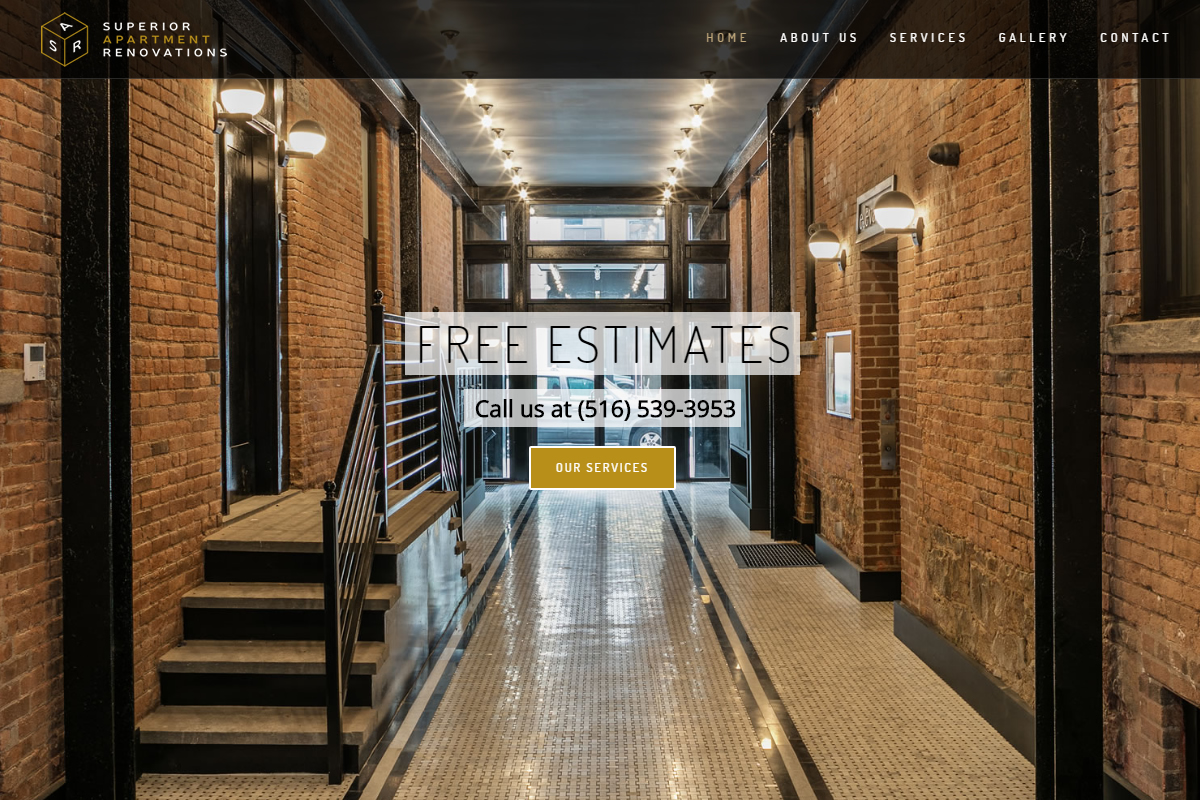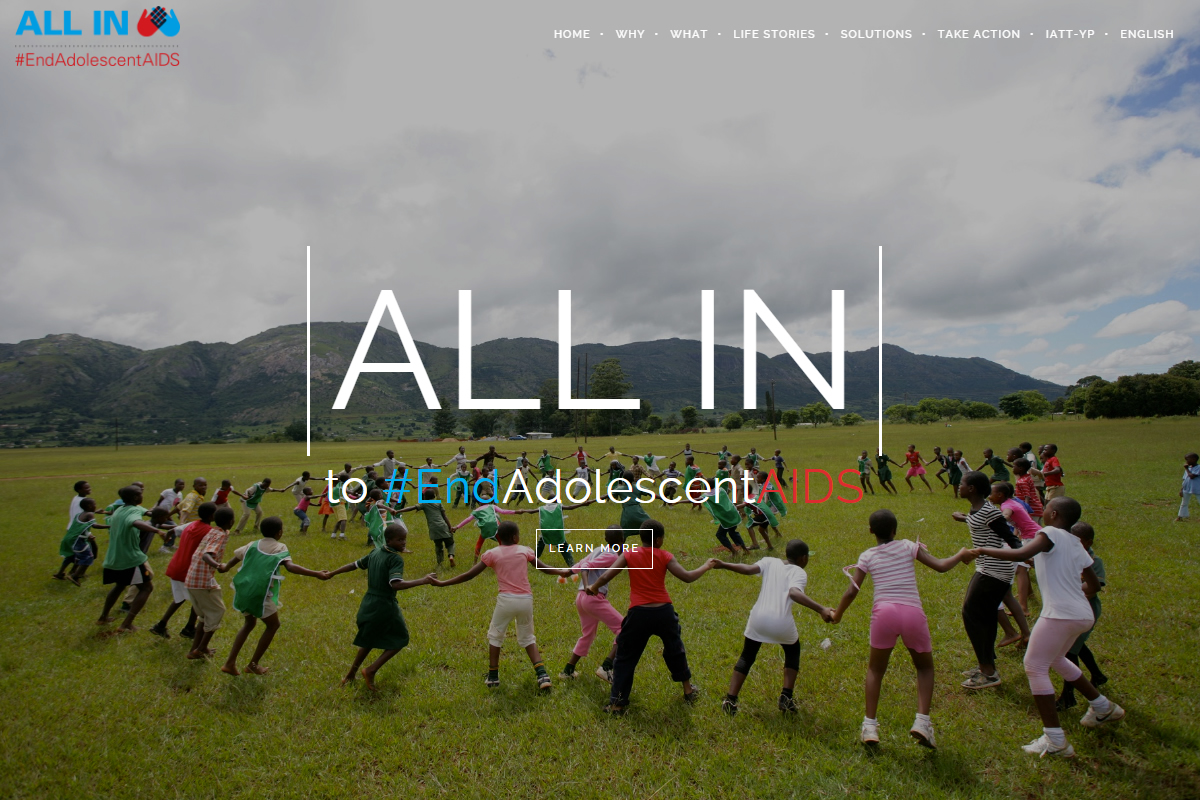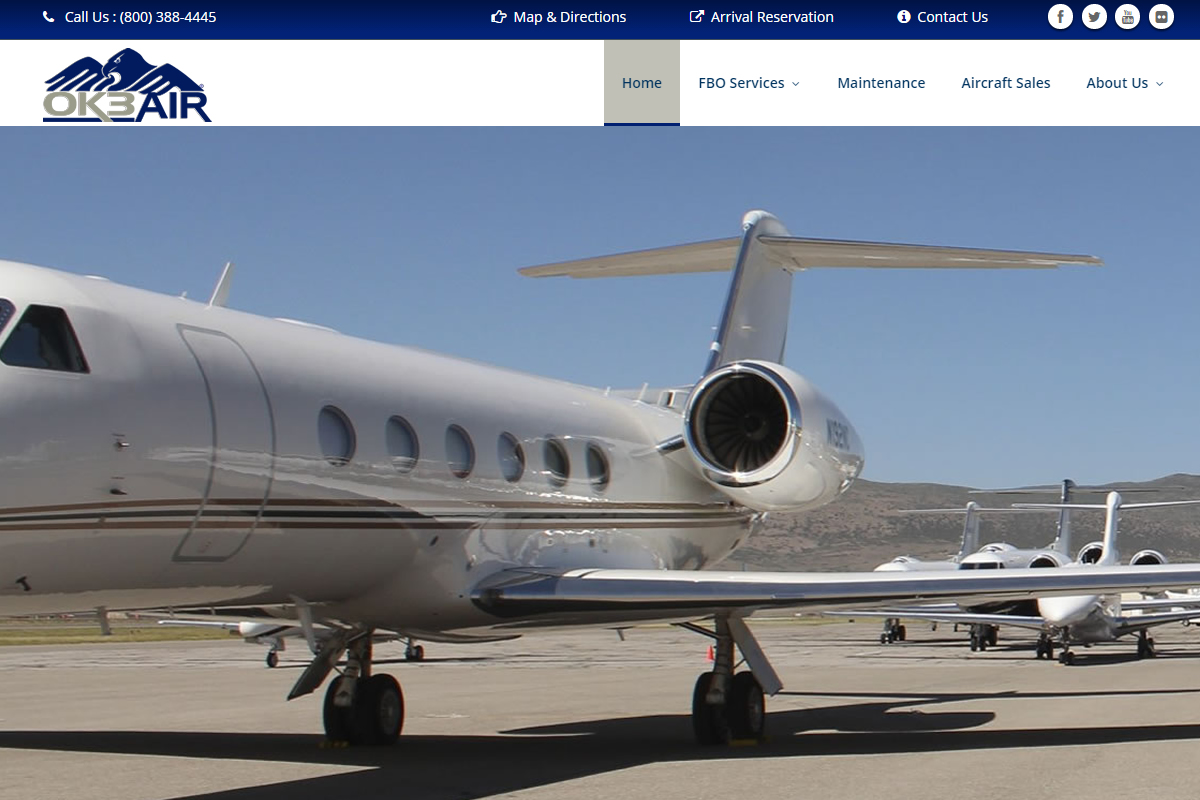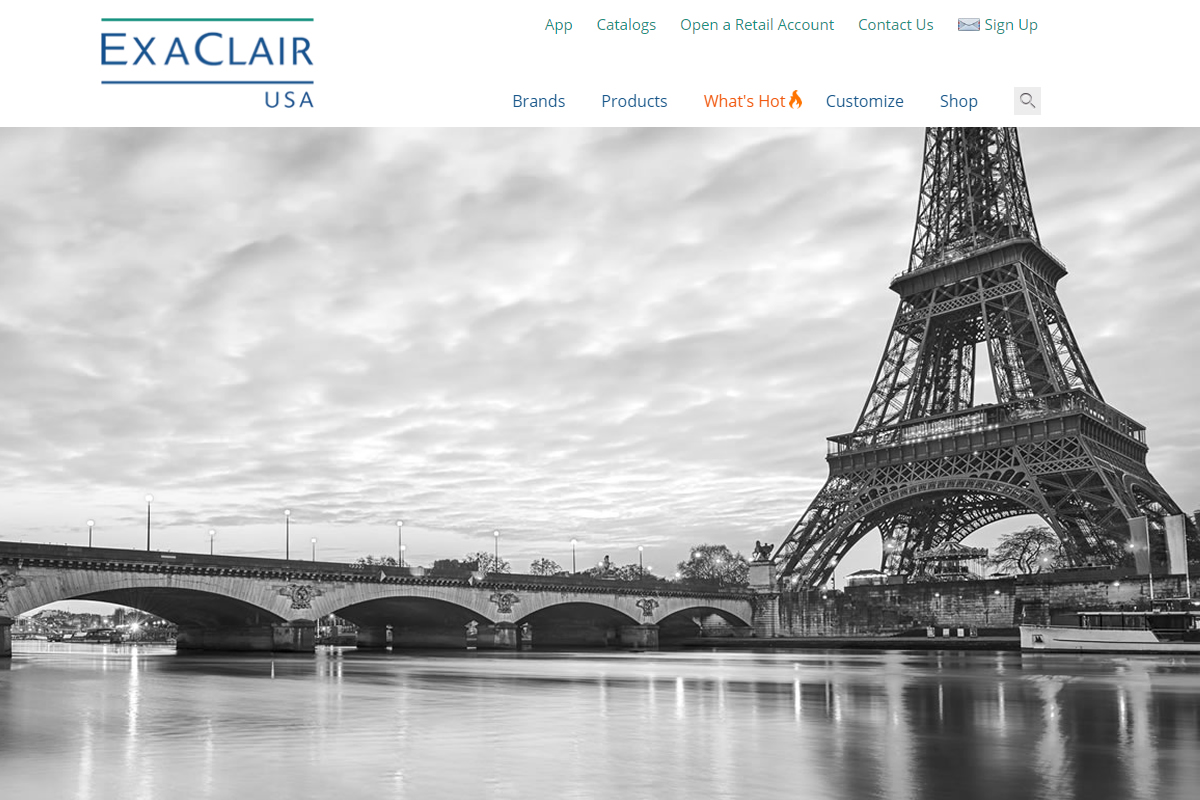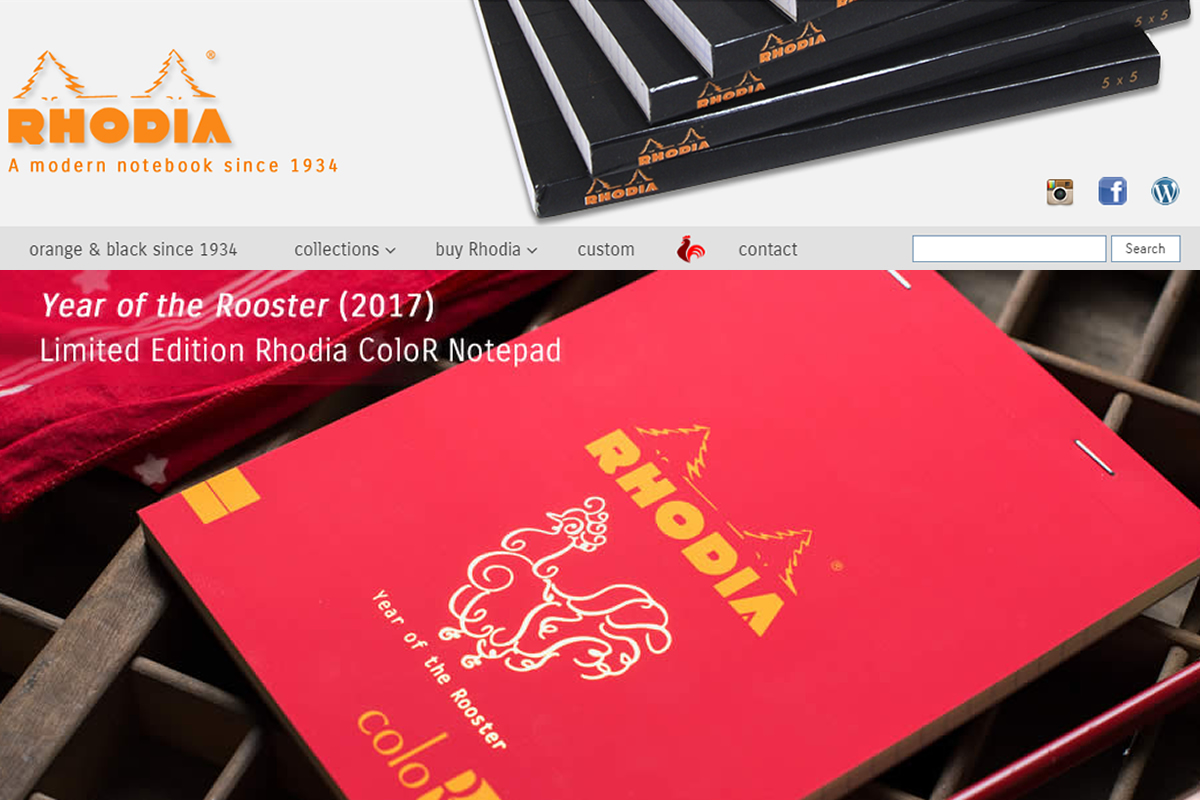WordPress Design Features
WordPress is an excellent web development platform that offers numerous design features to create stunning websites. Here are a few of the key design features available in WordPress:
-
Themes: WordPress provides a vast collection of themes, both free and premium, that allow you to change the look and feel of your website easily. Themes control the layout, colors, fonts, and overall style of your site.
-
Customization Options: Most WordPress themes come with customization options that enable you to personalize your site without needing to know how to code. You can adjust settings for colors, fonts, header styles, background images, and more through the WordPress Customizer.
-
Page Builders: Many WordPress themes come bundled with page builder plugins like Elementor, Beaver Builder, or WPBakery Page Builder. These tools provide drag-and-drop interfaces for building custom page layouts without any coding knowledge.
-
Widgets: WordPress includes a variety of widgets that you can add to your site's sidebars, footer, or other widgetized areas. Widgets can display various types of content, such as recent posts, categories, tags, social media links, and custom HTML.
-
Custom Post Types: WordPress allows you to create custom post types, which are different content types beyond standard posts and pages. This feature enables you to organize and display diverse content like portfolios, testimonials, events, products, and more in a structured manner.
-
Menus: WordPress offers a flexible menu system that lets you create custom navigation menus for your site. You can add pages, categories, custom links, and even post types to your menus, and then arrange them using a simple drag-and-drop interface.
-
Responsive Design: Most modern WordPress themes are designed to be responsive, meaning they adjust their layout and content to display correctly on various devices and screen sizes, including desktops, tablets, and smartphones.
-
Typography: WordPress provides options for customizing typography, allowing you to choose from a wide range of fonts and adjust their size, line height, and other properties to achieve the desired visual style.
-
Image Galleries: You can create beautiful image galleries and sliders in WordPress using built-in features or plugins. These tools allow you to showcase your photos and images in a visually appealing way.
-
Accessibility: WordPress strives to be accessible to all users, and many themes and plugins follow accessibility best practices. This includes features like proper HTML markup, keyboard navigation support, and compatibility with screen readers.
-
SEO-Friendly: WordPress is designed with SEO (Search Engine Optimization) in mind, making it easy to optimize your site for search engines. You can use plugins like Yoast SEO or Rank Math to manage metadata, generate XML sitemaps, and improve your site's visibility in search engine results.
These are just some of the many design features available in WordPress, making it a powerful platform for creating a wide range of websites, from simple blogs to complex e-commerce stores and corporate websites.



